The global malt extracts and ingredients market is expected to grow from USD 17.07 billion in 2019 to USD 21.64 billion by 2027, at a CAGR of 3% during the forecast period 2020-2027.
Malt is the leftover product after a cereal grain has been dried, allowed to sprout, air dried again, then heated in an oven. This process is known as malting. Any variety of cereal grains, including wheat, barley, oats, rice, and rye, can be used to make malt. Barley malt is majorly used to produce beer, malt vinegar, whiskey, and malted milk. Barley is one of the most popular and traditional sources for malt ingredients due to its high-protein content and ease of malting. This is due to the extensive use of barley in the beer industry and the rising awareness of the health benefits of barley-based beverages. Different types of malts are used to add different flavours, textures, and colours to the alcoholic beverages. They are responsible for infusing the aroma and taste into alcoholic beverages. These are the factors which drive the growth of malt extracts and ingredients market.
This study delivers a comprehensive analysis of product types, source, applications, and regions. The product type segment includes malt extracts and malt ingredients. The malt extracts segment dominates this segment owing to its application in alcoholic beverages. Based on the source, the market is divided into barley, wheat, rye, and other sources such as rice, oats, sorghum, millets, and corn. The barely segment accounts for the largest market share because it is most widely used for producing alcoholic beverages. On the basis of application this market into segmented into beverages (both alcoholic and non-alcoholic), food, pharmaceuticals and others. The beverages segment accounts for the largest market share as it is used as a critical raw material in the alcoholic drinks. The food industry is expected to grow at a significant growth rate because malt is used as a substitute for sugar and honey, increasing its demand globally for sugar-free products.
The market has been divided into North America, Europe, Asia-Pacific, Middle East & Africa, and South America. Europe is the most significant player in this market owing to the presence of a large number of breweries, increasing consumption of craft beer, and other alcoholic beverages which in turn increases demand for malt ingredients. Asia-Pacific is anticipated to grow at a very high rate in the future because of the high amount of population coupled with increased purchasing power is leading to increased consumption of luxury foods and beverages.
Some of the key players in the malt extracts and ingredients market are Cargill, Crisp Malting Muntons PLC, Axereal, Simpsons Malt, Briess Malt & Ingredients, VIVESCIA Industries, GrainCorp Ltd., Polttimo, The Soufflet Group, Malt products, Barmalt, Holland malt and BSG CraftBrewing.
GrainCorp demerged from United Malt Group on 1 April 2020. And shares in United Malt were transferred to eligible GrainCorp Shareholders.
This study predicts revenue growth at global, national, and country levels from 2020 to 2027. This report has segmented the market based on below-mentioned segments:
Based on Product Type:
Based on Source:
Based on Application:
By Regional Analysis:
Report Description:
The market estimates have been evaluated by considering the effect of different political, economic, social, technological and legal factors which are based on our extensive secondary research, primary research, and in-house databases.
1. Introduction
1.1. Objectives of the Study
1.2. Market Definition
1.3. Research Scope
1.4. Currency
1.5. Key Target Audience
2. Research Methodology and Assumptions
3. Executive Summary
4. Premium Insights
4.1. Porter’s Five Forces Analysis
4.2. Value Chain Analysis
4.3. Top Investment Pockets
4.3.1. Market Attractiveness Analysis By Product Type
4.3.2. Market Attractiveness Analysis By Source
4.3.3. Market Attractiveness Analysis By Application
4.3.4. Market Attractiveness Analysis By Region
4.4. Industry Trends
5. Market Dynamics
5.1. Market Evaluation
5.2. Drivers
5.3. Restrains
5.4. Opportunities
5.5. Challenges
6. Global Malt Extracts and Ingredients Market Analysis and Forecast, By Product Type
6.1. Segment Overview
6.2. Extracts
6.3. Ingredients
7. Global Malt Extracts and Ingredients Market Analysis and Forecast, By Source
7.1. Segment Overview
7.2. Barley
7.3. Wheat
7.4. Rye
7.5. Others
8. Global Malt Extracts and Ingredients Market Analysis and Forecast, By Application
8.1. Segment Overview
8.2. Beverages
8.2.1. Alcoholic
8.2.2. Non-alcoholic
8.3. Food
8.4. Pharmaceuticals
8.5. Others
9. Global Malt Extracts and Ingredients Market Analysis and Forecast, By Regional Analysis
9.1. Segment Overview
9.2. North America
9.2.1. U.S.
9.2.2. Canada
9.2.3. Mexico
9.3. Europe
9.3.1. Germany
9.3.2. France
9.3.3. U.K.
9.3.4. Italy
9.3.5. Spain
9.4. Asia-Pacific
9.4.1. Japan
9.4.2. China
9.4.3. India
9.5. South America
9.5.1. Brazil
9.6. Middle East and Africa
9.6.1. UAE
9.6.2. South Africa
10. Global Malt Extracts and Ingredients Market-Competitive Landscape
10.1. Overview
10.2. Market Share of Key Players in Global Malt Extracts and Ingredients Market
10.2.1. Global Company Market Share
10.2.2. North America Company Market Share
10.2.3. Europe Company Market Share
10.2.4. APAC Company Market Share
10.3. Competitive Situations and Trends
10.3.1. Product Launches and Developments
10.3.2. Partnerships, Collaborations, and Agreements
10.3.3. Mergers & Acquisitions
10.3.4. Expansions
11. Company Profiles
11.1. Cargill
11.1.1. Business Overview
11.1.2. Company Snapshot
11.1.3. Company Market Share Analysis
11.1.4. Company Product Portfolio
11.1.5. Recent Developments
11.1.6. SWOT Analysis
11.2. Crisp Malting Muntons PLC
11.2.1. Business Overview
11.2.2. Company Snapshot
11.2.3. Company Market Share Analysis
11.2.4. Company Product Portfolio
11.2.5. Recent Developments
11.2.6. SWOT Analysis
11.3. Axereal
11.3.1. Business Overview
11.3.2. Company Snapshot
11.3.3. Company Market Share Analysis
11.3.4. Company Product Portfolio
11.3.5. Recent Developments
11.3.6. SWOT Analysis
11.4. Simpsons Malt
11.4.1. Business Overview
11.4.2. Company Snapshot
11.4.3. Company Market Share Analysis
11.4.4. Company Product Portfolio
11.4.5. Recent Developments
11.4.6. SWOT Analysis
11.5. Briess Malt & Ingredients
11.5.1. Business Overview
11.5.2. Company Snapshot
11.5.3. Company Market Share Analysis
11.5.4. Company Product Portfolio
11.5.5. Recent Developments
11.5.6. SWOT Analysis
11.6. VIVESCIA Industries
11.6.1. Business Overview
11.6.2. Company Snapshot
11.6.3. Company Market Share Analysis
11.6.4. Company Product Portfolio
11.6.5. Recent Developments
11.6.6. SWOT Analysis
11.7. GrainCorp Ltd.
11.7.1. Business Overview
11.7.2. Company Snapshot
11.7.3. Company Market Share Analysis
11.7.4. Company Product Portfolio
11.7.5. Recent Developments
11.7.6. SWOT Analysis
11.8. Polttimo
11.8.1. Business Overview
11.8.2. Company Snapshot
11.8.3. Company Market Share Analysis
11.8.4. Company Product Portfolio
11.8.5. Recent Developments
11.8.6. SWOT Analysis
11.9. The Soufflet Group
11.9.1. Business Overview
11.9.2. Company Snapshot
11.9.3. Company Market Share Analysis
11.9.4. Company Product Portfolio
11.9.5. Recent Developments
11.9.6. SWOT Analysis
11.10. Malt products
11.10.1. Business Overview
11.10.2. Company Snapshot
11.10.3. Company Market Share Analysis
11.10.4. Company Product Portfolio
11.10.5. Recent Developments
11.10.6. SWOT Analysis
List of Table
1. Global Malt Extracts and Ingredients Market, By Product Type, 2017–2027 (USD Billion)(Kilo Tons)
2. Global Extracts Malt Extracts and Ingredients Market, By Region, 2017–2027 (USD Billion)(Kilo Tons)
3. Global Ingredients Malt Extracts and Ingredients Market, By Region, 2017–2027 (USD Billion)(Kilo Tons)
4. Global Malt Extracts and Ingredients Market, By Source, 2017–2027 (USD Billion)(Kilo Tons)
5. Global Barley, Malt Extracts and Ingredients Market, By Region, 2017–2027 (USD Billion)(Kilo Tons)
6. Global Wheat, Malt Extracts and Ingredients Market, By Region, 2017–2027 (USD Billion)(Kilo Tons)
7. Global Rye, Malt Extracts and Ingredients Market, By Region, 2017–2027 (USD Billion)(Kilo Tons)
8. Global Others, Malt Extracts and Ingredients Market, By Region, 2017–2027 (USD Billion)(Kilo Tons)
9. Global Malt Extracts and Ingredients Market, By Application, 2017–2027 (USD Billion)(Kilo Tons)
10. Global Beverages Malt Extracts and Ingredients Market, By Region, 2017–2027 (USD Billion)(Kilo Tons)
11. Global Food Malt Extracts and Ingredients Market, By Region, 2017–2027 (USD Billion)(Kilo Tons)
12. Global Pharmaceuticals Malt Extracts and Ingredients Market, By Region, 2017–2027 (USD Billion)(Kilo Tons)
13. Global Others Malt Extracts and Ingredients Market, By Region, 2017–2027 (USD Billion)(Kilo Tons)
14. Global Malt Extracts and Ingredients Market, By Region, 2017–2027 (USD Billion)(Kilo Tons)
15. Global Malt Extracts and Ingredients Market, By North America, 2017–2027 (USD Billion)(Kilo Tons)
16. North America Malt Extracts and Ingredients Market, By Product Type, 2017–2027 (USD Billion)(Kilo Tons)
17. North America Malt Extracts and Ingredients Market, By Source, 2017–2027 (USD Billion)(Kilo Tons)
18. North America Malt Extracts and Ingredients Market, By Application, 2017–2027 (USD Billion)(Kilo Tons)
19. U.S. Malt Extracts and Ingredients Market, By Product Type, 2017–2027 (USD Billion)(Kilo Tons)
20. U.S. Malt Extracts and Ingredients Market, By Source, 2017–2027 (USD Billion)(Kilo Tons)
21. U.S. Malt Extracts and Ingredients Market, By Application, 2017–2027 (USD Billion)(Kilo Tons)
22. Canada Malt Extracts and Ingredients Market, By Product Type, 2017–2027 (USD Billion)(Kilo Tons)
23. Canada Malt Extracts and Ingredients Market, By Source, 2017–2027 (USD Billion)(Kilo Tons)
24. Canada Malt Extracts and Ingredients Market, By Application, 2017–2027 (USD Billion)(Kilo Tons)
25. Mexico Malt Extracts and Ingredients Market, By Product Type, 2017–2027 (USD Billion)(Kilo Tons)
26. Mexico Malt Extracts and Ingredients Market, By Source, 2017–2027 (USD Billion)(Kilo Tons)
27. Mexico Malt Extracts and Ingredients Market, By Application, 2017–2027 (USD Billion)(Kilo Tons)
28. Europe Malt Extracts and Ingredients Market, By Product Type, 2017–2027 (USD Billion)(Kilo Tons)
29. Europe Malt Extracts and Ingredients Market, By Source, 2017–2027 (USD Billion)(Kilo Tons)
30. Europe Malt Extracts and Ingredients Market, By Application, 2017–2027 (USD Billion)(Kilo Tons)
31. Germany Malt Extracts and Ingredients Market, By Product Type, 2017–2027 (USD Billion)(Kilo Tons)
32. Germany Malt Extracts and Ingredients Market, By Source, 2017–2027 (USD Billion)(Kilo Tons)
33. Germany Malt Extracts and Ingredients Market, By Application, 2017–2027 (USD Billion)(Kilo Tons)
34. France Malt Extracts and Ingredients Market, By Product Type, 2017–2027 (USD Billion)(Kilo Tons)
35. France Malt Extracts and Ingredients Market, By Source, 2017–2027 (USD Billion)(Kilo Tons)
36. France Malt Extracts and Ingredients Market, By Application, 2017–2027 (USD Billion)(Kilo Tons)
37. U.K. Malt Extracts and Ingredients Market, By Product Type, 2017–2027 (USD Billion)(Kilo Tons)
38. U.K. Malt Extracts and Ingredients Market, By Source, 2017–2027 (USD Billion)(Kilo Tons)
39. U.K. Malt Extracts and Ingredients Market, By Application, 2017–2027 (USD Billion)(Kilo Tons)
40. Italy Malt Extracts and Ingredients Market, By Product Type, 2017–2027 (USD Billion)(Kilo Tons)
41. Italy Malt Extracts and Ingredients Market, By Source, 2017–2027 (USD Billion)(Kilo Tons)
42. Italy Malt Extracts and Ingredients Market, By Application, 2016–2026(USD Billion)(Kilo Tons)
43. Spain Malt Extracts and Ingredients Market, By Product Type, 2017–2027 (USD Billion)(Kilo Tons)
44. Spain Malt Extracts and Ingredients Market, By Source, 2017–2027 (USD Billion)(Kilo Tons)
45. Spain Malt Extracts and Ingredients Market, By Application, 2017–2027 (USD Billion)(Kilo Tons)
46. Asia Pacific Malt Extracts and Ingredients Market, By Product Type, 2017–2027 (USD Billion)(Kilo Tons)
47. Asia Pacific Malt Extracts and Ingredients Market, By Source, 2017–2027 (USD Billion)(Kilo Tons)
48. Asia Pacific Malt Extracts and Ingredients Market, By Application, 2017–2027 (USD Billion)(Kilo Tons)
49. Japan Malt Extracts and Ingredients Market, By Product Type, 2017–2027 (USD Billion)(Kilo Tons)
50. Japan Malt Extracts and Ingredients Market, By Source, 2017–2027 (USD Billion)(Kilo Tons)
51. Japan Malt Extracts and Ingredients Market, By Application, 2017–2027 (USD Billion)(Kilo Tons)
52. China Malt Extracts and Ingredients Market, By Product Type, 2017–2027 (USD Billion)(Kilo Tons)
53. China Malt Extracts and Ingredients Market, By Source, 2017–2027 (USD Billion)(Kilo Tons)
54. China Malt Extracts and Ingredients Market, By Application, 2017–2027 (USD Billion)(Kilo Tons)
55. India Malt Extracts and Ingredients Market, By Product Type, 2017–2027 (USD Billion)(Kilo Tons)
56. India Malt Extracts and Ingredients Market, By Source, 2017–2027 (USD Billion)(Kilo Tons)
57. India Malt Extracts and Ingredients Market, By Application, 2017–2027 (USD Billion)(Kilo Tons)
58. South America Malt Extracts and Ingredients Market, By Product Type, 2017–2027 (USD Billion)(Kilo Tons)
59. South America Malt Extracts and Ingredients Market, By Source, 2017–2027 (USD Billion)(Kilo Tons)
60. South America Malt Extracts and Ingredients Market, By Application, 2017–2027 (USD Billion)(Kilo Tons)
61. Brazil Malt Extracts and Ingredients Market, By Product Type, 2017–2027 (USD Billion)(Kilo Tons)
62. Brazil Malt Extracts and Ingredients Market, By Source, 2017–2027 (USD Billion)(Kilo Tons)
63. Brazil Malt Extracts and Ingredients Market, By Application, 2017–2027 (USD Billion)(Kilo Tons)
64. Middle East and Africa Malt Extracts and Ingredients Market, By Product Type, 2017–2027 (USD Billion)(Kilo Tons)
65. Middle East and Africa Malt Extracts and Ingredients Market, By Source, 2017–2027 (USD Billion)(Kilo Tons)
66. Middle East and Africa Malt Extracts and Ingredients Market, By Application, 2017–2027 (USD Billion)(Kilo Tons)
67. UAE Malt Extracts and Ingredients Market, By Product Type, 2017–2027 (USD Billion)(Kilo Tons)
68. UAE Malt Extracts and Ingredients Market, By Source, 2017–2027 (USD Billion)(Kilo Tons)
69. UAE Malt Extracts and Ingredients Market, By Application, 2017–2027 (USD Billion)(Kilo Tons)
70. South Africa Malt Extracts and Ingredients Market, By Product Type, 2017–2027 (USD Billion)(Kilo Tons)
71. South Africa Malt Extracts and Ingredients Market, By Source, 2017–2027 (USD Billion)(Kilo Tons)
72. South Africa Malt Extracts and Ingredients Market, By Application, 2017–2027 (USD Billion)(Kilo Tons)
List of Figures
1. Global Malt Extracts and Ingredients Market Segmentation
2. Malt Extracts and Ingredients Market: Research Methodology
3. Market Size Estimation Methodology: Bottom-Up Approach
4. Market Size Estimation Methodology: Top-Down Approach
5. Data Triangulation
6. Porter’s Five Forces Analysis
7. Value Chain Analysis
8. Global Malt Extracts and Ingredients Market Attractiveness Analysis By Product Type
9. Global Malt Extracts and Ingredients Market Attractiveness Analysis By Source
10. Global Malt Extracts and Ingredients Market Attractiveness Analysis By Application
11. Global Malt Extracts and Ingredients Market Attractiveness Analysis By Region
12. Global Malt Extracts and Ingredients Market: Dynamics
13. Global Malt Extracts and Ingredients Market Share By Product Type (2019 & 2027)
14. Global Malt Extracts and Ingredients Market Share By Source (2019 & 2027)
15. Global Malt Extracts and Ingredients Market Share By Application (2019 & 2027)
16. Global Malt Extracts and Ingredients Market Share by Regions (2019 & 2027)
17. Global Malt Extracts and Ingredients Market Share by Company (2019)
Market research is a method of gathering, assessing and deducing data & information about a particular market. Market research is very crucial in these days. The techniques analyze about how a product/service can be offered to the market to its end-customers, observe the impact of that product/service based on the past customer experiences, and cater their needs and demands. Owing to the successful business ventures, accurate, relevant and thorough information is the base for all the organizations because market research report/study offers specific market related data & information about the industry growth prospects, perspective of the existing customers, and the overall market scenario prevailed in past, ongoing present and developing future. It allows the stakeholders and investors to determine the probability of a business before committing substantial resources to the venture. Market research helps in solving the marketing issues challenges that a business will most likely face.
Market research is valuable because of the following reasons:
Our research report features both the aspects; qualitative and quantitative. Qualitative part provides insights about the market driving forces, potential opportunities, customer’s demands and requirement which in turn help the companies to come up with new strategies in order to survive in the long run competition. The quantitative segment offers the most credible information related to the industry. Based on the data gathering, we use to derive the market size and estimate their future growth prospects on the basis of global, region and country.
Our market research process involves with the four specific stages.
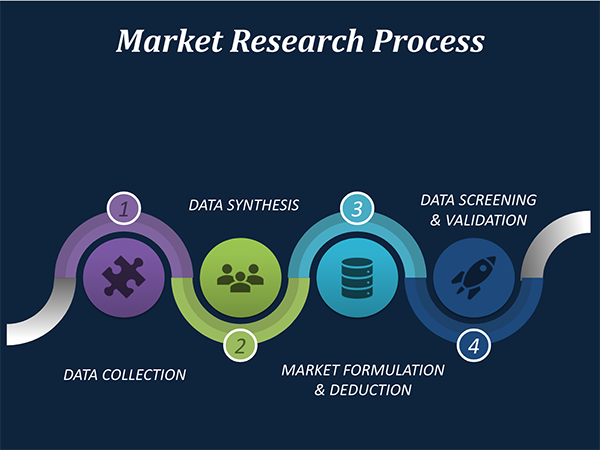
Data Collection: This stage of the market research process involves with the gathering and collecting of the market/industry related data from the sources. There are basically two types of research methods:
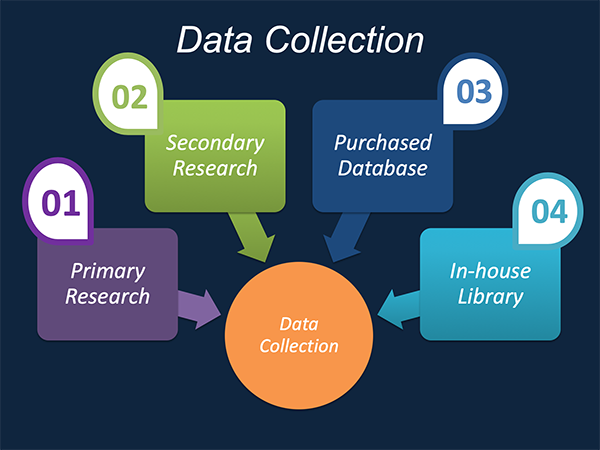
Data Synthesis: This stage includes the evaluation and assessment of all the data acquired from the primary and secondary research. It likewise includes in evaluating the information for any disparity watched while information gathering identified with the market. The data & information is gathered with consideration to the heterogeneity of sources. Scientific and statistical methods are implemented for synthesizing dissimilar information sets and provide the relevant data which is fundamental for formulating strategies. Our organization has broad involvement with information amalgamation where the information goes through different stages:
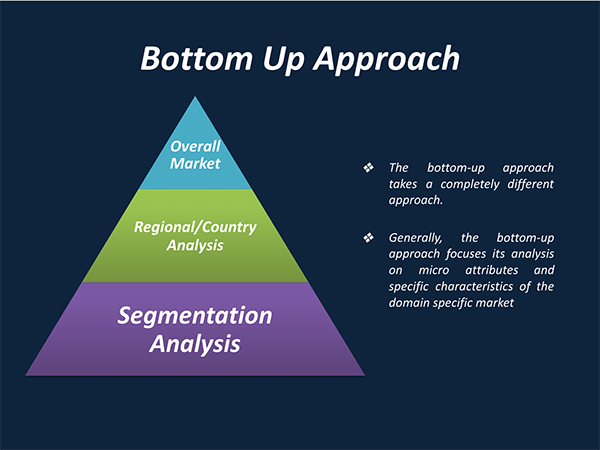
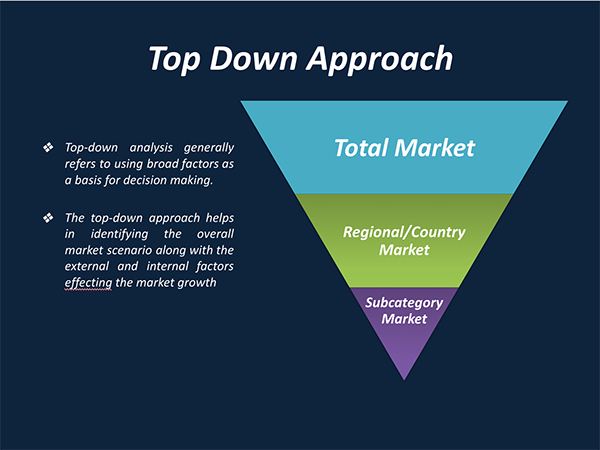
Market Formulation & Deduction: The last stage includes assigning the data & information in a suitable way in order to derive market size. Analyst reviews and domain based opinions based on holistic approach of market estimation combined with industry investigation additionally features a crucial role in this stage.
This stage includes with the finalization of the market size and numbers that we have gathered from primary and secondary research. With the data & information addition, we ensure that there is no gap in the market information. Market trend analysis is finished by our analysts by utilizing data extrapolation procedures, which give the most ideal figures to the market.
Data Validation: Validation is the most crucial step in the process. Validation & re-validation through scientifically designed technique and process that helps us finalize data-points to be used for final calculations. This stage also involves with the data triangulation process. Data triangulation generally implicates the cross validation and matching the data which has been collected from primary and secondary research methods.
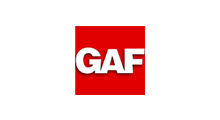

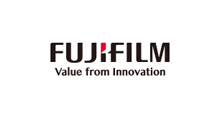
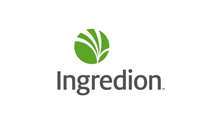

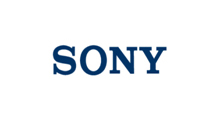
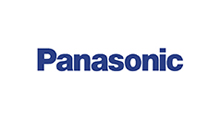
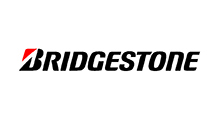
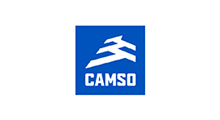
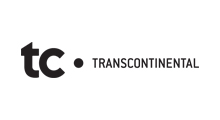
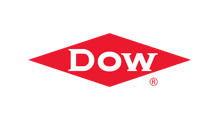
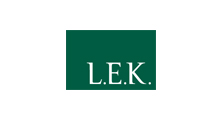


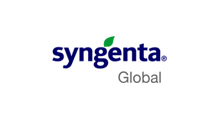
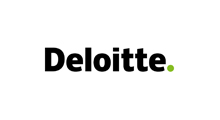

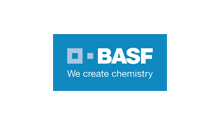
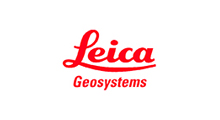
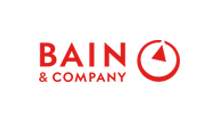
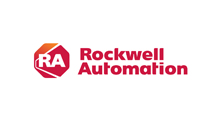
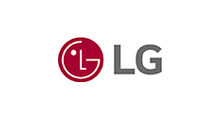
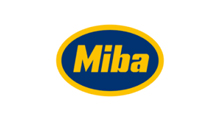
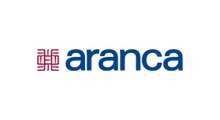
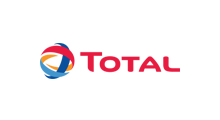
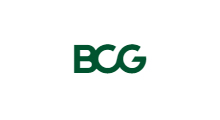
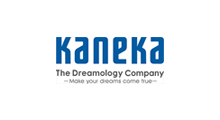
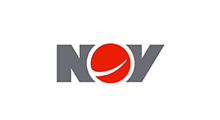
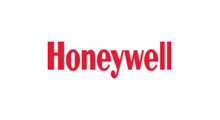
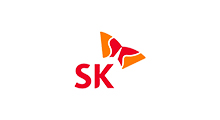
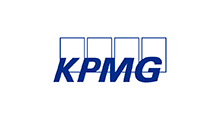
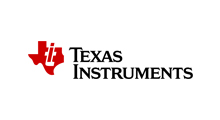
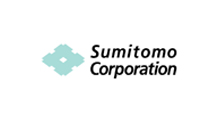
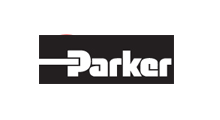
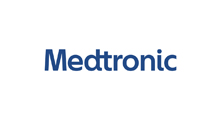
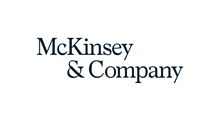


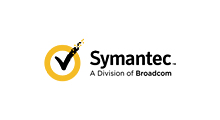
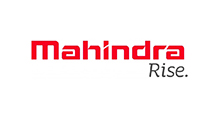
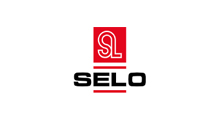
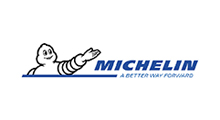



Free Customization
Countries can be added on demand
Free yearly update on purchase of Multi/Corporate User License
Companies served till date

We serve our customers 24x7 for 365 days through calls, emails and live chat options.

Huge database of exceptional market reports bringing market intelligence to your fingertips.

SSL enabled, we offer you various secured payment options for risk free purchase.